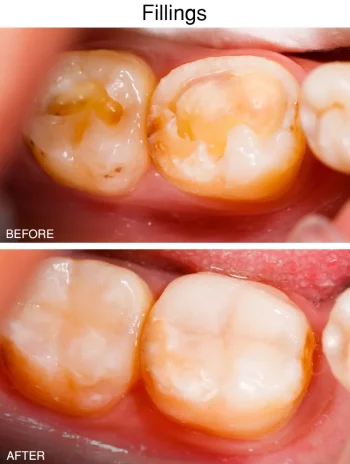Fillings
Free Consult
- Free Initial Consultation ($150* Value)
*Conditions Apply
WHY CHOOSE
Dr. Gokhale?

HIGHLY SKILLED & COMPASSIONATE
WITH A WOMAN’S GENTLE TOUCH
19+ Years Clinical Experience
Extensive Advanced Training in the Fields of:
- All Aspects of Cosmetic Dentistry
- General Dentistry
- Invisalign® Certified
State-of-the-Art Technology for Optimum Patient Care & Comfort
- Panoramic 2D Full Mouth X-Ray Exposing Areas that Can’t be Seen with Traditional X-rays
- Intra-Oral Camera for a Clear Accurate Picture of All your Teeth
- Low Dose Digital X-Rays = 90% Less Radiation
WHAT PEOPLE SAY
Testimonials
My experience at West Creek Dental was excellent! The staff were very courteous and attentive. They explained the procedure and insurance / payment options in detail. Dr. Gokhale is very knowledgeable and precise in her explanation of work that needs to be done and treats you like you are the only patient in the office. Never rushed and never makes you feel pressured. Highly Recommended!
Teju S.★★★★★
Great, friendly staff! They made me feel right at home. Dr. G was so helpful and informative every step of the way. I love her attention to detail! Just finished my invisalign treatment!
Brian LeSure★★★★★
Previous
Next
If you have a cavity, you’re not the only one. According to one survey, over 85% of Americans have had at least one tooth affected by decay by the age of 40. We give you the option of choosing a durable composite resin filling that more closely matches the color of your teeth or a silver amalgam filling to seal a cavity.
What is
A Filling?
A filling is a way to restore a tooth damaged by decay back to its normal function and shape. When we give you a filling, we first remove the decayed tooth material, clean the affected area, and then fill the cleaned-out cavity with a filling material.
By closing off spaces where bacteria can enter, a filling also helps prevent further decay. Materials used for fillings include porcelain, a composite resin (tooth-colored fillings), and an amalgam (a metal alloy such as silver).

Filling Procedure
Before filling the cavity, we will first remove the decay and clean the affected area. The cleaned-out cavity will then be filled with one of the below mentioned materials.
Which Type of Filling
Is Best?
No one type of filling is best for everyone. What’s right for you will be determined by the extent of the repair, whether you have allergies to certain materials, where in your mouth the filling is needed, and the cost. Considerations for different materials include:
- Amalgam (silver) fillings are resistant to wear and relatively inexpensive. However, due to their dark color, they are more noticeable than porcelain or composite restorations and are not usually used in very visible areas, such as front teeth.
- Composite (plastic) resins are matched to be the same color as your teeth and therefore used where a natural appearance is desired. The ingredients are mixed and placed directly into the cavity, where they harden. Composites may not be the ideal material for large fillings as they may chip or wear over time. They can also become stained from coffee, tea or tobacco, and do not last as long as other types of fillings, generally from three to 10 years.
- Porcelain fillings are called inlays or onlays and are produced to order in a lab and then bonded to the tooth. They can be matched to the color of the tooth and resist staining. A porcelain restoration generally covers most of the tooth.
If decay or a fracture has damaged a large portion of the tooth, a crown, or cap, may be recommended. Decay that has reached the nerve may be treated in two ways: through root canal therapy (in which nerve damaged nerve is removed) or through a procedure called pulp capping (which attempts to keep the nerve alive).
Don’t hesitate to contact us to discuss any aspect of your dental health – we don’t charge for giving advice!
Before & After

